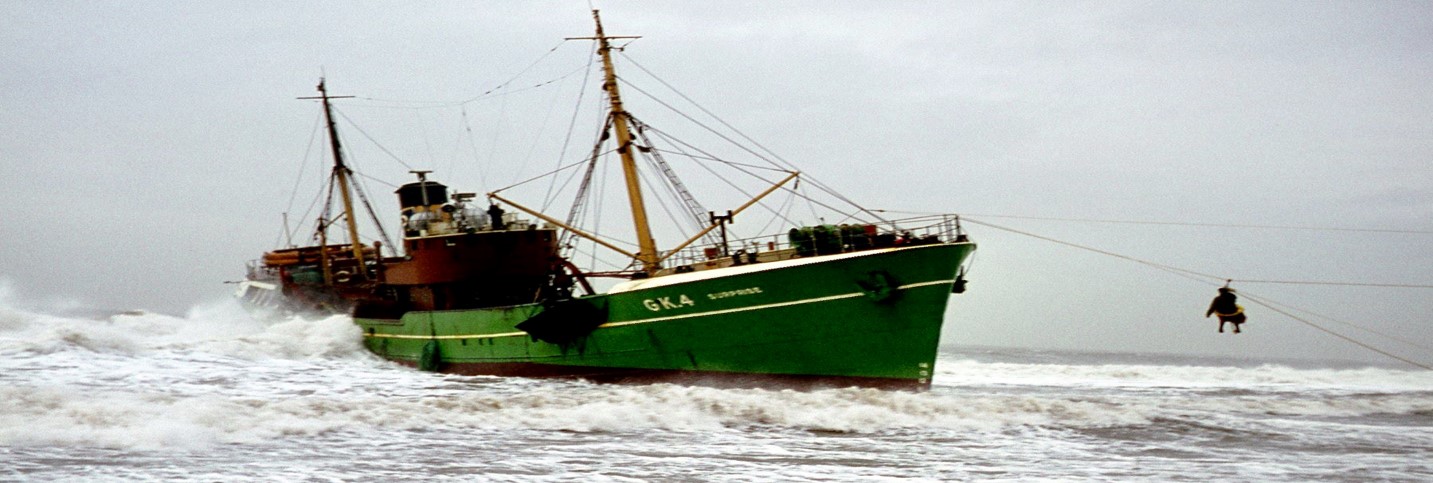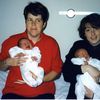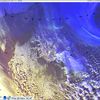Bloggfærslur mánaðarins, ágúst 2014
Bárðarbunga volcano in Iceland - a little summary for my foreign friends
21.8.2014 | 14:52
I wrote this because I was getting e-mails and phone calls from friends and family abroad, wondering if they should hurry home from current location, or stay at home in case of volcanic eruption in Bárðarbunga (how to pronounce). I had to disappoint my son that was hoping he would have to stay on the beach in Spain for some time, with his friends. He came home yesterday :).
Mother nature is unpredictable like most of you know, but this we know.
On the photo you can see the activity from August 16th. Here you can see a map of seismic activity by severity.

Here you can get updated information on Bárðarbunga. The information on seismic activity is given with daily status reports from the scientist of IMO and the University of Iceland. New material is added to the top of the article. The original information is at the end of the article. All in all, this article will give an overview of events. - of seismic events in August 2014.
Yesterday, Magnús Tumi Guðmundsson, one of Iceland's leading geophysicists said in a interview with mbl.is (news on Bardarbunga in english) after flight over the area.
"The flight went well, we managed to gather the information we wanted. We did radar measurements of the glacier and the river Jökulsá á Fjöllum, which will be of much value in the event of an eruption."
Magnús says it's hard to evaluate the chances of an eruption. "It can go either way, nobody can really predict what will happen in this situation."
A lot of ice to melt
He says that in the event of an eruption, one of two things would likely happen. "What's more likely is an eruption below the glacier Dyngjujökull, where we can see earthquake activity moving northeast. In that area the glacier's thickness measures half a kilometer, so it would have to melt a lot of ice before it could finally breach the surface.
When that would happen, the eruption would change into an explosive one, similar to what happens when the Grimsvotn volcano erupts"
"The other option is that the eruption would happen in the Bárðarbunga caldera, where the glacier is up to 800 metres thick, so it would have to melt its way through even more ice."
Not a disastrous jökulhlaup
Magnús says that a jökulhlaup (glacial outburst) could follow and the river's flow could reach up to ten thousand cubic metres every second. "If the eruption would be about the average size of an icelandic eruption, the river's flow could get 10 to 20 times bigger than what is normal during the summer. We can't exclude the possibility of a larger flood though."
Even so, you still couldn't say it was a so called disastrous flood. "That kind of flow, even given its size, wouldn't really be called a disaster. It wouldn't even be but 1/10th to 1/5th of the flood that happened in Skeiðarársandur in the year 1996." The jökulhlaup Magnús mentions was a very big one, shattering bridges to the south of Vatnajökull glacier.
Magnús says that an eruption in the glacier wouldn't release the pressure that might be building up in the volcanoes Katla or Hekla. "An eruption in Bárðarbunga wouldn't have any effect on such distant volcanoes."
Right this minute, 25 minutes past 2PM, 1913 quakes have occurred in the area near Bárðarbunga in the past 48 hours.
Stjórnmál og samfélag | Breytt s.d. kl. 15:00 | Slóð | Facebook | Athugasemdir (0)





 morgunbladid
morgunbladid
 stebbifr
stebbifr
 ktomm
ktomm
 einarvill
einarvill
 aslaugfridriks
aslaugfridriks
 mojo
mojo
 marinomm
marinomm
 kliddi
kliddi
 ekg
ekg
 nhelgason
nhelgason
 siggith
siggith
 jon
jon
 mortenl
mortenl
 astamoller
astamoller
 kristjan9
kristjan9
 thoraasg
thoraasg
 johannesbaldur
johannesbaldur
 bryndisharalds
bryndisharalds
 nonniblogg
nonniblogg
 jorunnfrimannsdottir
jorunnfrimannsdottir
 olofnordal
olofnordal
 armannkr
armannkr
 ragnheidurrikhardsdottir
ragnheidurrikhardsdottir
 sirryusa
sirryusa
 kristinhrefna
kristinhrefna
 thorbjorghelga
thorbjorghelga
 sigurdurkari
sigurdurkari
 omarjonsson
omarjonsson
 birgir
birgir
 vild
vild
 esv
esv
 erlaosk
erlaosk
 stefangisla
stefangisla
 bjarkey
bjarkey
 imba
imba
 jahernamig
jahernamig
 ksig58
ksig58
 ketilas08
ketilas08
 andrea
andrea
 gummibraga
gummibraga
 jensgud
jensgud
 jonaa
jonaa
 gurrihar
gurrihar
 chinagirl
chinagirl
 bylgjahaf
bylgjahaf
 helgatho
helgatho
 bryndisfridgeirs
bryndisfridgeirs
 ea
ea
 kolbrunb
kolbrunb
 borgar
borgar
 gudni-is
gudni-is
 duddi-bondi
duddi-bondi
 heimssyn
heimssyn
 ellyarmanns
ellyarmanns
 hannesgi
hannesgi
 eyjapeyji
eyjapeyji
 gudfinna
gudfinna
 grimurgisla
grimurgisla
 maggaelin
maggaelin
 krummasnill
krummasnill
 dalkvist
dalkvist
 helgahaarde
helgahaarde
 kristinmaria
kristinmaria
 ringarinn
ringarinn
 thelmaasdisar
thelmaasdisar
 malacai
malacai
 saxi
saxi
 jax
jax
 arniarna
arniarna
 dullur
dullur
 hlynur
hlynur
 paul
paul
 sigmarg
sigmarg
 andriheidar
andriheidar
 gutti
gutti
 birkire
birkire
 jonmagnusson
jonmagnusson
 bingi
bingi
 golli
golli
 photo
photo
 olavia
olavia
 stefaniasig
stefaniasig
 gbo
gbo
 hvala
hvala
 siggisig
siggisig
 jonthorolafsson
jonthorolafsson
 fjola
fjola
 godsamskipti
godsamskipti
 hjaltisig
hjaltisig
 gudbjorng
gudbjorng
 icejedi
icejedi
 neytendatalsmadur
neytendatalsmadur
 audbergur
audbergur
 iceland
iceland
 villidenni
villidenni
 vakafls
vakafls
 hrafnaspark
hrafnaspark
 sjalfstaedi
sjalfstaedi
 konur
konur
 alheimurinn
alheimurinn
 vefritid
vefritid
 urkir
urkir
 kosningar
kosningar
 brandarar
brandarar
 gattin
gattin
 valdimarjohannesson
valdimarjohannesson